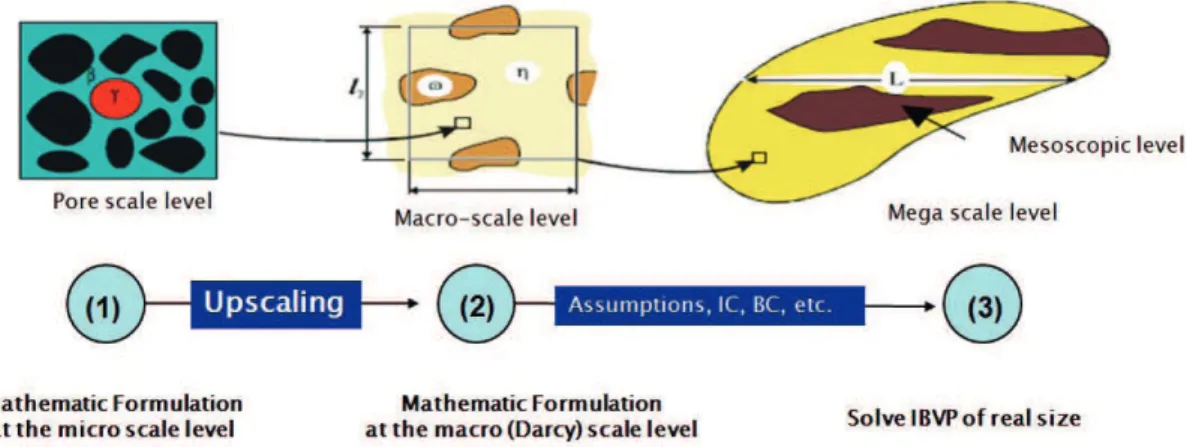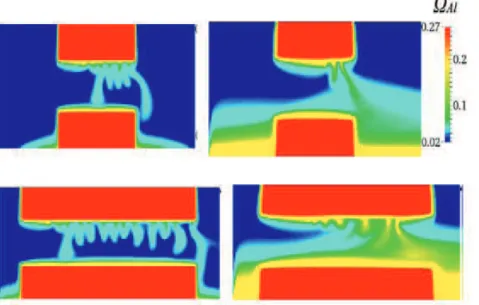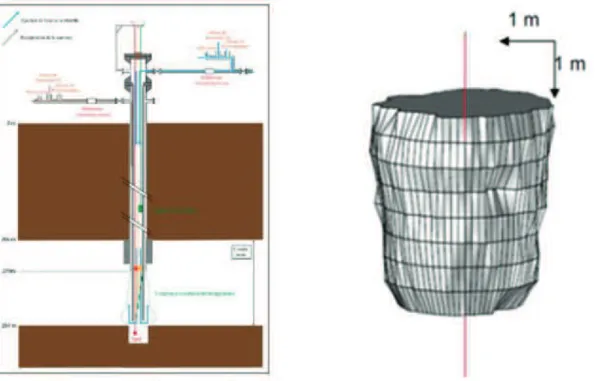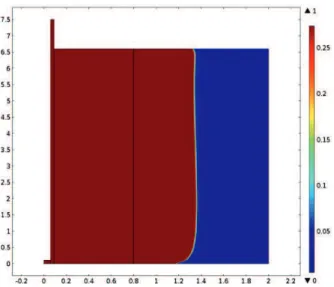Numerical modeling of salt and gypsum dissolution: test case and comparison
Texte intégral
Figure




Documents relatifs
In this paper a local non-equilibrium diffuse interface model based on a porous medium theory is extended to study dissolution problems, with density
1: Land Subsidence in Central Kansas Related to Salt dissolution (a), explanation of the variables at the local level to the interface (b) and averaging volume at pore scale level
Instead of monitoring the concentration of ions in the fluid and calculate the reaction rate through the diffusion boundary layer – as was done before in the literature –
Russell used acquaintance to that effect: ÒI say that I am acquainted with an object when I have a direct cognitive relation to that object, that is when I am directly aware of
In this chapter, we describe three well-established methods in the field, that use either cell surface expression of glycoproteins, HCV pseudo-particles HCVpp or cell culture-grown
Bien que le détail des S i i (k) pour ces modèles varie (en particulier SOPC et HNC-OCP pré- disent tous deux un comportement plus rigide avec des maxima principaux très marqués),
This study aims: (i) to identify which woody species were able to establish themselves under closed canopy of coppice forests; and (ii) to evaluate the influences of canopy
If one is interested in the pore-scale behaviour, then pore-scale modeling is the most secure way because it makes the minimum approximations with the advantage of consid-



